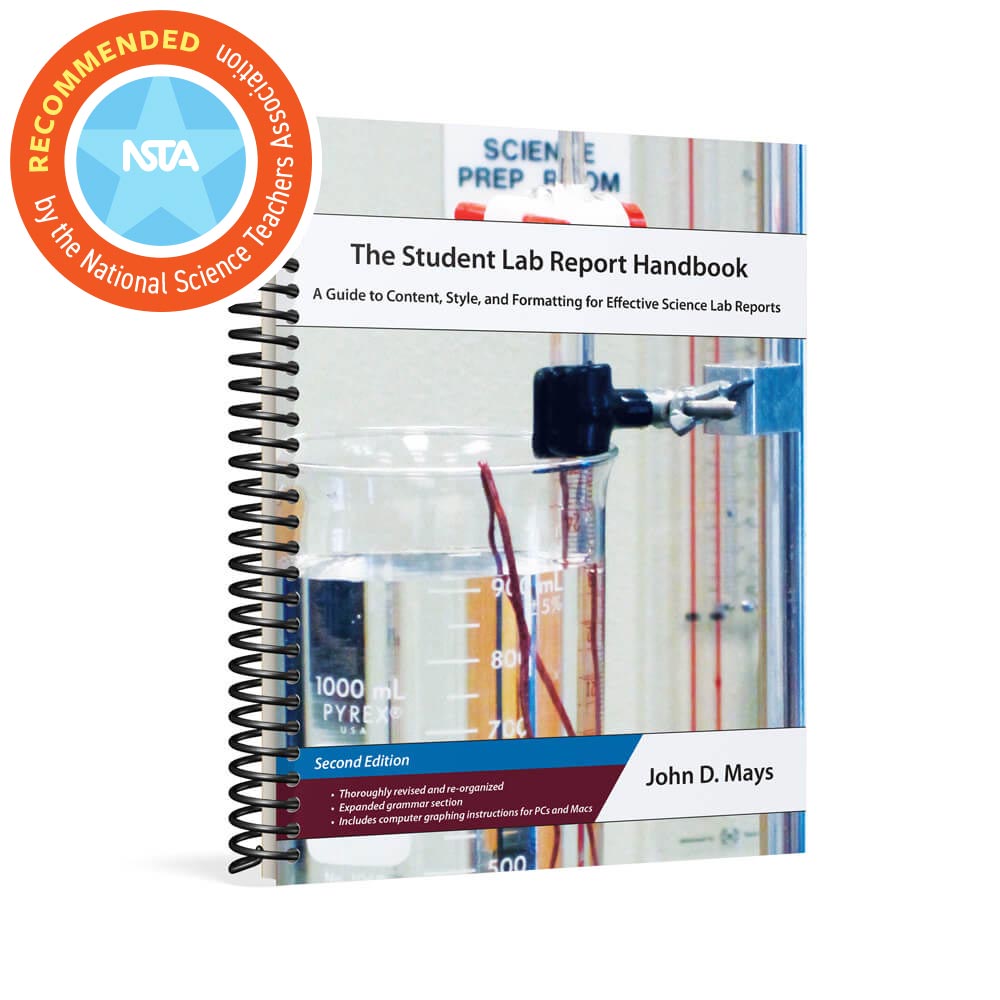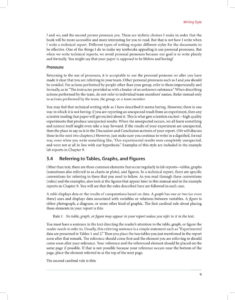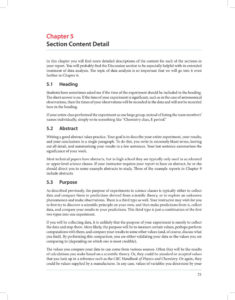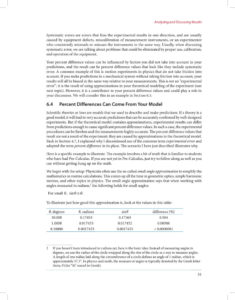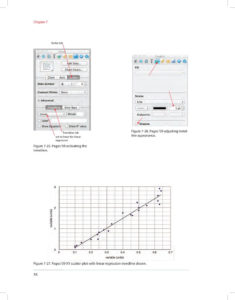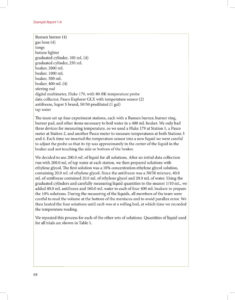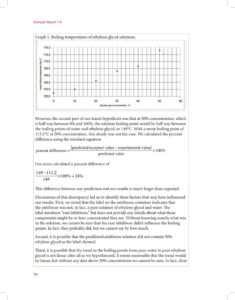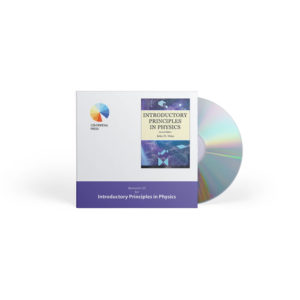The Student Lab Report Handbook, 2nd Edition
A concise student guide for creating premier lab reports from scratch. Syntax, word choice, technical expression, data analysis and error prediction are all discussed. Instructions for creating graphs in MS Excel and 4 sample reports are included.
ISBN 978-0-9883228-7-5
Description
** Note: This book is produced by print-on-demand service and may take 2-4 weeks to ship.
View Errata | View Tips and Tools
Virtually all students take laboratory-based science classes in high school. But if students do not write lab reports, they miss a tremendous opportunity for assimilating and learning from the experiment.
Little better are canned “lab report” workbooks in which students fill out worksheets, plot points on pre-printed graphs and answer leading analytical questions. This approach falls far short of what is necessary for students to engage fully with the laboratory exercise and to develop solid skills in communicating experimental goals, procedures and results. And High School students are capable of approaching science at a higher level.

The only real way to address the learning goals of the experiment is for students to write their lab reports from scratch using a clear technical writing style, explaining the experiment in their own words, and presenting their results using tables and graphs formatted according to universal standards for the publication of scientific research. The obvious challenge here is that teaching students to do this without appropriate resources is nearly impossible. There is so much involved in a scientific report that classroom teachers can rarely take class time to explain it all to students with adequate detail and representative examples to emulate.
The Student Lab Report Handbook fills this crucial resource need. The manual is designed to be given to students at the beginning of the 9th grade year. Students keep their copies of The Handbook as a consumable text for their independent use during their next four years of high school science and beyond. The Handbook is also appropriate for use by students in undergraduate science lab courses at college where reports written from scratch are the norm.
The Student Lab Report Handbook includes detailed descriptions of every aspect of writing an effective lab report including:
- A complete, annotated lab report outline, including standard section headings and essential content for each section.
- Instruction on technical writing style and formatting, including appropriate vocabulary and syntax. Good work in science requires a carefully developed ability to observe, to document with accuracy, to take measurements properly, and to communicate effectively.
- Instructions for using lab journals for documenting experimental methods and data requirements for formatting and printing the report.
- Descriptions of academic standards for naming, titling, formatting, and referring to tables, graphs and figures.
- Step-by-step instructions for preparing graphs using Microsoft Excel on both PCs and Macs, including color screenshots so that students can see what appropriately formatted graphs look like.
- Thorough descriptions of how to calculate experimental error, estimate experimental uncertainty, and account for the difference between experimental and predicted values.
- Descriptions of common lab report deficiencies and how to correct them.
- Four complete sample lab reports representing different levels of sophistication and different scientific disciplines.

